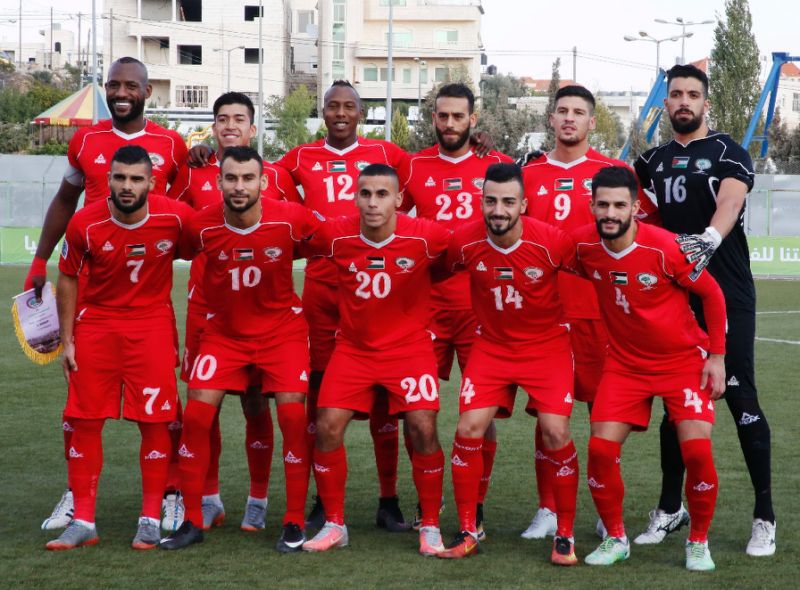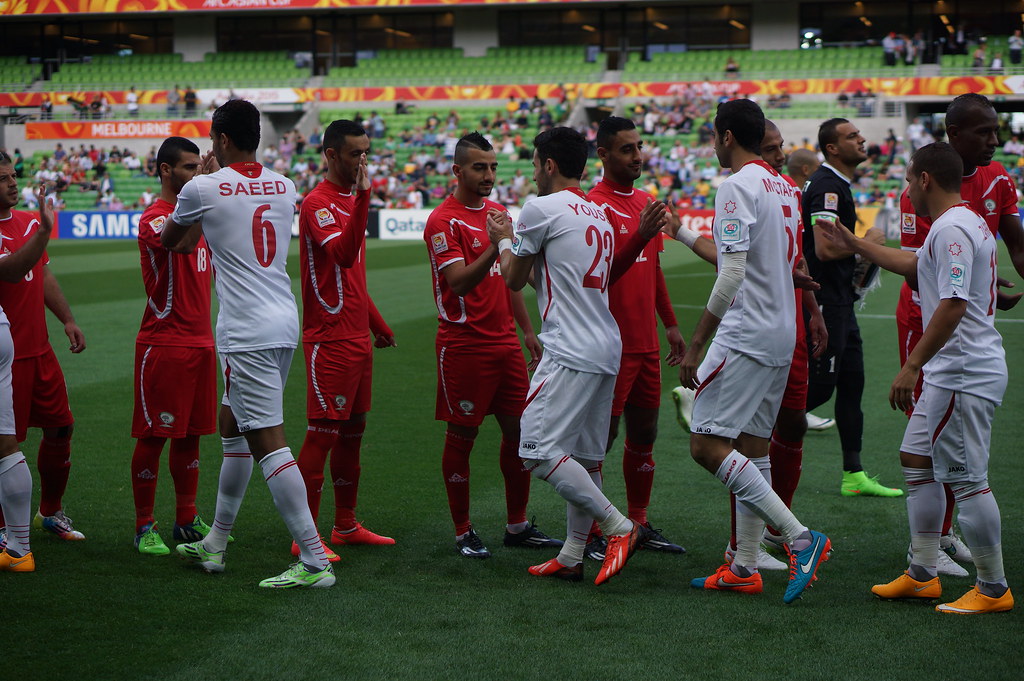In the footballing world, Palestine is an interesting case. While certainly a country by our rules, it is only an observer member of the United Nations and a de jure state recognised by 138 UN countries.
The Palestinian National Council declared independence in 1988, and following the Oslo Accords of 1993, the Palestinian National Authority was set up as the nominal government, run by the Palestinian Liberation Organisation. This has since been complicated by the schism with Hamas; the PLO has continued to run the West Bank while Hamas runs the Gaza Strip. Palestine continues to have an embassy in many of the 138 states which recognise it, including in North Korea!
Throughout this, war with Israel has dominated Palestinian history and politics. Since 1947 when a Jewish state was established in Israel, Palestine has seen its territory reduced drastically, through the Arab-Israeli War, the Six-Day War, the Yom Kippur War and various intifadas (Arabic for ‘uprising’). Today, instability and violence is never far from the daily reality of life in Palestine.
Football during the British Mandate
Football was introduced during the British mandate, and there is evidence of organised games in Palestine as early as the 1920s. In 1928 the Eretz Israel Football Association was set up, joining FIFA in 1929 as the Palestine Football Association. The FA had to represent all peoples of British Palestine, but in practice was dominated by Jewish players and teams. Palestinian Arabs ended up boycotting the national team because of its Jewish dominance, where Hebrew was the official language, and the Zionist flag was its logo.
The national team lost both qualifiers for Italy 1934 and for France 1938, and in 1948 on the establishment of the Israeli state was amalgamated into the Israeli Football Association. Israel has, of course, gone on to gain limited success as a member of UEFA.
Domestic Football in the Palestinian State
You would have thought then that the locals didn’t have much time or opportunity for football. But, like all around the Middle East, the Palestinians are in love with the beautiful game, and it is by far the most popular sport.
Today, in Palestine, there are two premier leagues, the West Bank Premier League and the Gaza Strip Premier League. In their current format, these leagues have been running since 2008. Many Arab Israeli players from the Israeli 2nd and 3rd Divisions play in Palestine now. The main clubs are Taraji Wadi Al-Nes, Jabal Al-Mukaber and Hilal Al-Quds.
There is also a 6 team women’s league, and the player Honey Thaljieh has blazed trails in a region not renowned for its gender equality.
Palestine on the International Football Stage
Palestine’s first international football experience came in the Pan-Arab Games in Egypt in 1953, where they lost to the hosts and Libya amongst others, finishing bottom of their group. In 1965 they managed to finish 4th in the Pan-Arab Games, and their tournament qualifications tended to end with group stage elimination.
However, Palestine was recognized by FIFA in 1998 and have made rapid progress since then. They played their first game as a FIFA team that same year, losing 3-1 to Lebanon.
In 2014 they won the AFC Challenge Cup held in the Maldives. In a group with the hosts as well as Kyrgyzstan and Myanmar, Palestine finished on top with 7 points. They then defeated Afghanistan 2-0 in the semi-final and the Philippines 1-0 in the final, securing qualification for the 2015 Asia Cup in the process.
In their first Asia Cup in Australia, they finished pointless in a group with Japan, Iraq and Jordan, but this was their first taste of Asia’s predominant competition.
They then qualified for the 2019 Asia Cup in the United Arab Emirates through the normal qualification route, but were again knocked out in the group stage. This time though, they managed draws with Syria and Jordan but lost 3-0 to Australia.
Palestine will hope to make further progress in the coming years.
Who are the best Palestinian footballers?
Palestine’s most capped player is centre-back Abdelatif Bahdari, who played his club football with Al-Wehdat of Jordan and then Hajer Club of Saudi Arabia. He has played 71 international games and captained the team from 2015-2019.
Their top scorer is Fahed Attal, with 14 international goals. 12 of these goals all came in 2006, making him the 8th leading scorer in international football in 2006 brushing shoulders with of David Villa and Bastian Schweinsteiger!
Left-back Abdallah Jaber is another player to watch, amassing over 50 international caps in a relatively short space of time.
What’s their stadium like?
One notable stadium, the Palestine Stadium, located in Gaza, was bombed in 2006 directly on the centre spot and due to the crater was then unusable. FIFA were funding the repair work, but in 2012 it was bombed again with Israel claiming it was used as a location for the launch of rockets into Israel. Fredi Kanoute started a petition expressing solidarity with Palestine, which was signed by Eden Hazard and Demba Ba, among others. As of 2019, it is fully repaired and has started hosting some matches.
The national stadium is the Faisal Al-Husseini International Stadium, located in Al-Ram, Jerusalem. With a capacity of 12,500, this is the stadium where Palestine played their first home match 10 years after becoming a FIFA member.
Often unable to play matches in their home stadium, they are forced to play in neutral venues in third countries.
Palestine plays in all red, or an all-white away strip, and reached as high as 73rd in the FIFA rankings in 2018.
Further reading: More Noble than War: the Story of Football in Israel and Palestine by Nicholas Blincoe









